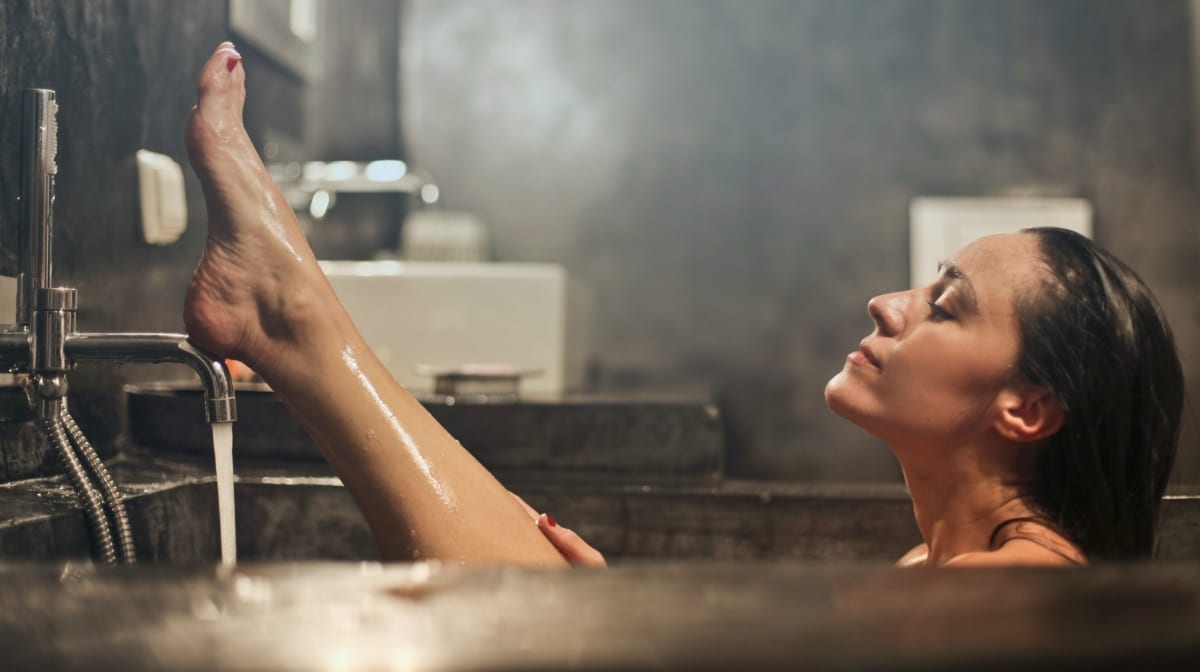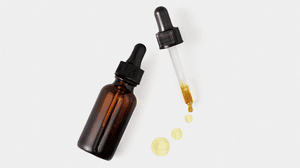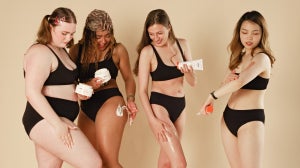
The History of Bathing Rituals
https://www.instagram.com/p/BuJQ4zjnmJd/
Despite perceptions that bathing for pleasure is a modern luxury, the practice of bathing rituals is deep set in ancient history. The Ancient Greeks introduced water that flowed over people’s heads, followed by the introduction of a pipe system and indoor plumbing by the Romans. Public bathhouses and communal bathing introduced by the Ancient Greeks and Romans became part of daily life and continued to be until the bubonic plague hit the western world.
Modern bathing came alongside the realisation that bathing could be used for hygiene and sanitation reasons to help prevent diseases and keep the population healthy. The US Sanitary Commission of 1861 was created as a relief agency to wounded soldiers of the civil war, pioneering a new era of sanitation. The simple washing of hospital walls, clothes and patients helped doctors save many more lives than before the commission (Medical Daily, 2015).
Moving towards the turn of the century and bathing became a luxury once again. The market started to become populated with bathing products aside from a trusty bar of soap. Bathing is no longer a just a necessity but a multi-step luxury ritual that is returning to its holistic roots (Megatrends 2017).
Just unlike the Ancient Greeks, modern bathing is a slightly more private affair.
Not only is how we bath going back in time, but the trending ingredients of bathing products are also coming full circle...
The History of Clay in Bathing
A product of weathered volcanic ash, tradition holds clay as a sum of nature’s energy. From as far back as the prehistoric period, it was said that clay, formed in the river and subject to sunlight, rain and wind, absorbed the properties of nature. Perhaps this is why clay is such a coveted beauty ingredient.
Why should this principle of a full skin care routine begin at your forehead and end at your chin? The skin on your body is just as sensitive and susceptible to external factors as the skin on your face is. Having a full routine that translates to your body care makes sense.
Clay is not new news but is experiencing a renaissance of yet. An excellent decongestant with soothing properties, clay makes for a timeless detoxing body care essential.
The History of Salt in Bathing
https://www.instagram.com/p/Bts8JIhnUcn/
Salt is also not new news but has earned its reputation as a beauty old faithful.
Since Ancient times, salt has been recognised for its health and therapeutic benefits. In fact, Hippocrates, father of modern medicine, detailed the benefits of using salt water to cure various aches and pains. The OGs, the Ancient Greeks even used seawater pools for hydrotherapy and to help eliminate toxins from the body.
Thalassotherapy, etymological roots in Greek ‘Thalassa’ for sea and ‘therapeia’ for care, was first introduced by Joseph La Bondardiere in 1865. A term coined for saltwater therapy and to recognise the health benefits that salt water could bring. Packed with reparative minerals, magnesium, sodium and potassium which are easily absorbed into the bloodstream to revive the body and ease achy muscles, it’s no wonder that salt water can be found used in spas and resorts across the world to detox, reduce stress and tension.
Natural salt is brimming with health and beauty benefits but by swapping out your exfoliator for a salt based once, you can rest easy in the knowledge that your bathing routine isn’t harming the planet. Combined with bathing’s journey back towards its holistic and therapeutic roots and the micro-bead ban, salt is truly climbing the beauty popularity ladder.
The History of Body Brushing
As bathing returns to its holistic roots planted in ancient times, the rise of ancient rituals and ayurvedic practices have made their way back into our body care routines.
If there’s one thing you want to be doing for better skin, it’s body brushing. The traditional Ayurvedic ritual of body brushing has been practised in many cultures for centuries from the Ancient Greeks to Native Americans. Unlike other bathing rituals, the effects of body brushing have remained constant. Still used today to improve circulation, drain the lymphatic system and exfoliate dead skin cells, body brushing has truly stood the test of time.
As bathing heads full circle back to its holistic roots and with the airing of the BBC’s The Truth About Looking Good body brushing has rocketed in popularity. In a five-week experiment conducted by the University of Sunderland, the body brushing group of participants saw a 26% improvement of cellulite, with one woman’s cellulite becoming 35% less visible (BBC).
Think of body brushing as that girl at school who good at everything, had great hair and was a nice person. Almost too good to be true, the beauty benefits of body brushing know no end which is why body brushing should have a well-earned spot in anyone's bathing ritual.

Related Articles







